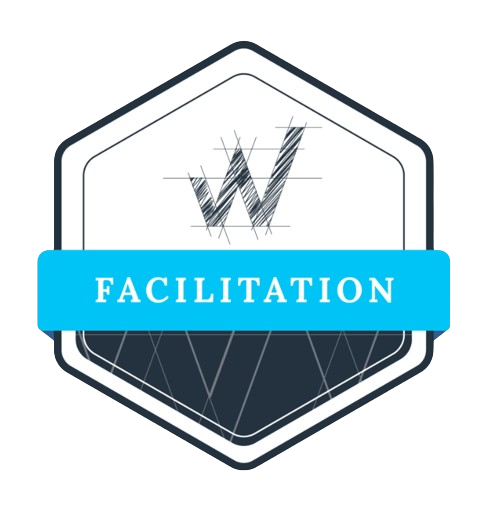The bowtie funnel derives from the traditional funnel laying on its side, with the new funnel as a mirror image. The phases of the new funnel include maintaining impact, a recurring revenue stream and the customer’s lifetime value.
In other words, while the historical data model focuses more on prospects, leads and closing a sale, the new, adjoining funnel brings the entire process together by showing the importance of all the other service components of retention, including customer success, development and accounting. The closed-loop system involves stages of loops as the customer grows and nurtures itself through the funnel.
As the nurturing loop represents the left side of the funnel, the growth loop makes up the right side. The growth loop highlights a happy client who achieves recurring impact and continues to renew and expand the relationship.
Customer centricity surrounds the philosophy of recurring revenue from the same customer. The key to creating recurring revenue is continuous impact. Recurring revenue occurs when a company continuously delivers its client the services it promised from the initial sale.
Historically, most of the actions taken in Sales and Customer Success are based on a LINEAR model (for example, to get more results, you need a higher volume of deals, or customers, etc.). As you learn about this modern mathematical model, you will see that for recurring revenue businesses, the math has changed to an EXPONENTIAL and COMPOUND model.
Here we go deeper into some of the key elements we picked up on in part 1 around asynchronous sales processes.
The key message is to learn how the future of sales will develop, and to not be fearful of it, but to learn how to harness its power, and perhaps take a first step already.
AGENDA.
1 Recap of the first video
2 Action paths – using Euler, and why every discovery call in your engagement is different
3 Guided action paths – how Markov chains can help us determine the next right action based on realtime data
4 Futuristic vision – how the guidance will help us through complex buying, using micro-actions that are unique to a market, a region, or a segment
5 A word of encouragement – on how exciting the future looks for all of us in sales, and a simple action you can take right now that will put you on the right path for years to come.
Following the trends in B2C, we see a growth of the Product Led Growth model in the B2B space. In this video Jacco explains how PLG works, what is the role of PLG, and how PLG impacts other GTM models. The models used in this video are explained in other videos in the channel if you wish to go deeper. But not to worry… Jacco provides a recap of these models so you can enjoy these insights right away,
Sales isn’t just about closing deals or finding leads; if you want to do it well, it’s far more scientific than that. So let’s break it down! Here’s the first scientific model that you should understand:: the business model. Jacco talks through the range of business models, whether ownership, subscription, or consumption, and how the business model affects the sales cycle, the win rate, the go to market model, and more.
There are plenty of sales frameworks out there, but no cohesive operating model for how recurring revenue businesses can achieve sustainable growth. Until now…
Watch to learn:
– the key principles of recurring revenue that all revenue leaders should understand,
– how to align the functions of Marketing, Sales, and Customer Success using one consistent open standard
– the fundamental principle of recurring impact, and what it means for how recurring revenue businesses operate
Also see where you can sign up to download the Open Standard templates, all based on lessons learned from working with recurring revenue businesses over the past 10 years.

